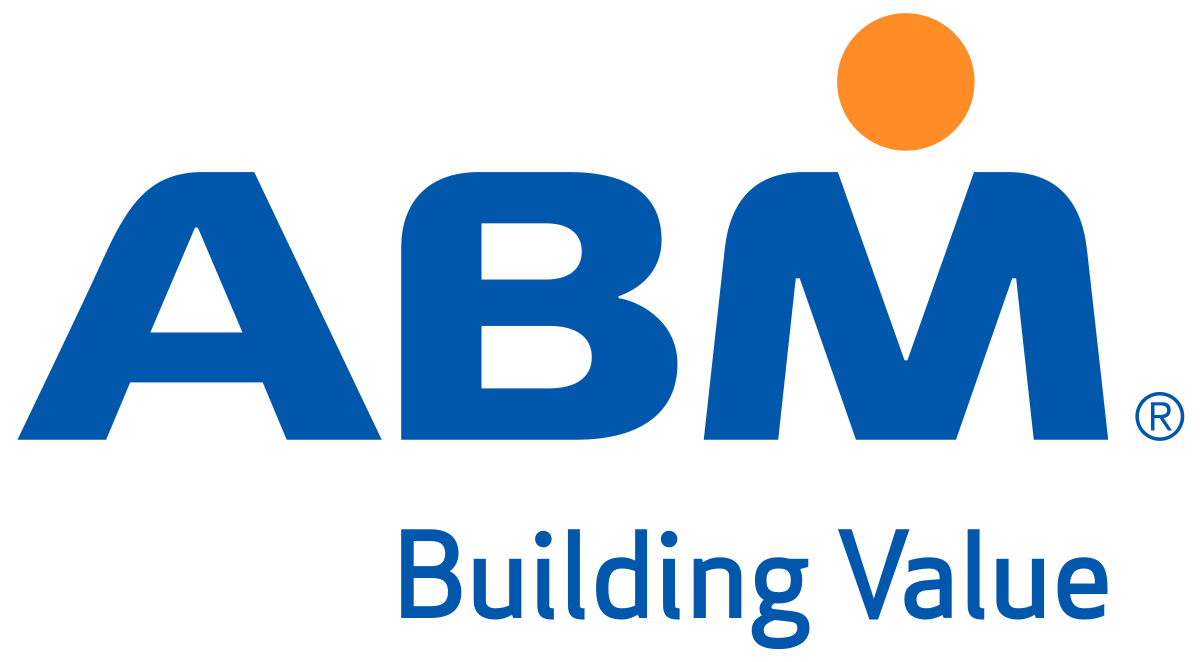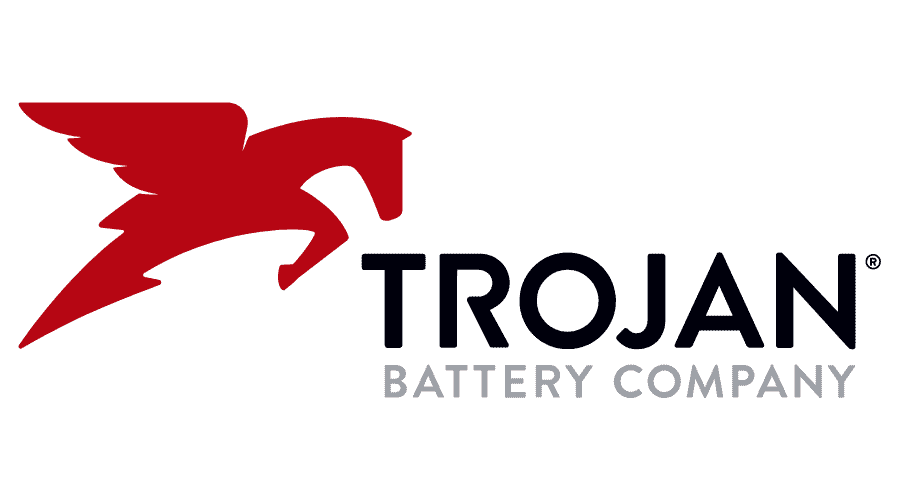July 21, 2004—Exterior lighting requirements have been strengthened in the American Society of Heating, Refrigerating and Air-Conditioning Engineers (ASHRAE) commercial energy conservation standard.
ANSI/ASHRAE/IESNA 90.1-2001, Energy Standard for Buildings Except Low-Rise Residential Buildings provides the minimum requirements for the design of energy efficient buildings. The standard is written in mandatory language and is intended for code use.
Eight addenda to Standard 90.1 were approved for publication at ASHRAEs 2004 Annual Meeting, June 26-30. They are 90.1 q, u, ac, ae, ai, al and am.
Addendum 90.1q updates exterior lighting requirements in response to interest in placing reasonable energy limits on exterior lighting in the same manner as interior requirements, according to Eric Richman, chair of the lighting subcommittee.
Interior lighting power density (LPD) values recently were updated by addenda, based on current design criteria, recent research and up-to-date lighting equipment efficiency, while the exterior lighting was only regulated as a light source efficacy. Addendum 90.1q enhances the exterior requirements with specific LPD values that provide limits for exterior lighting use.
“There was concern that exterior lighting was effectively uncontrolled by not making exterior requirements as specific as indoor requirements,” Richman said. “Before, builders were allowed to use as much outdoor lighting as they liked, as long as the source was reasonably efficient.”
The addendum includes a requirement that all exterior applications must have automatic controls capable of turning off exterior lighting when there is sufficient daylight or when the lighting is not required.
It contains tables for lighting power density limits for building exteriors, surrounding grounds and parking areas.
Also approved was addendum 90.1am, which reduces the number of climate zones in the standard to 8 from 26. The change will reduce the size of the standard and simplify compliance. It also will increase the consistency in the treatment of climate zones between the standard and other standard and code documents.
ASHRAE also approved addendum 90.1ae, which adds an occupancy sensor control requirement to the standard. This requirement ensures application of occupancy sensors to specific spaces to provide more complete energy savings than the automatic shutoff control.
The spaces listed in the addendum are common to many building types, easily outfitted with occupancy controls and were conservatively cost effective applications.
The addenda are subject to a 15-day appeals period to the Board of Directors.
Published addenda to ASHRAE standards are available for free from ASHRAE.





